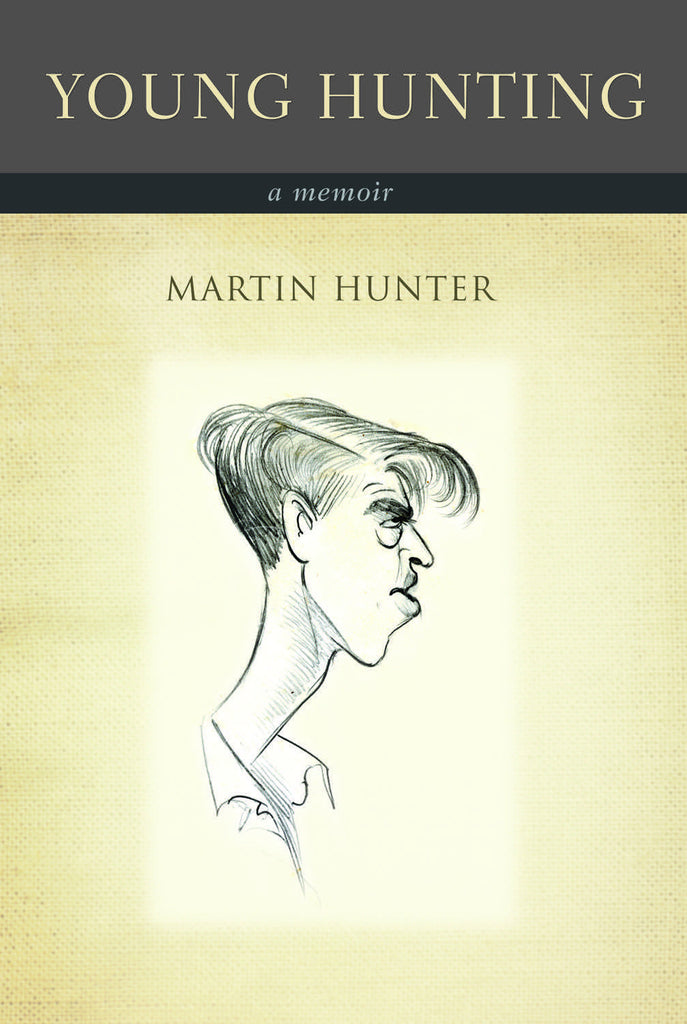
Young Hunting: A Memoir
$12.95-
Taking inspiration from John Glassco’s Memoirs of Montparnasse, Young Hunting is both a story of discovery and transformation. While Toronto changes around him, from a puritanical British colonial outpost to a mixing bowl filled with colourful cultural components, a young boy emerges from his middle class childhood to become a flamboyant adolescent a questioning adult who refuses to accept conventional wisdom.
The Toronto of the ’40s and ’50s is often painted as the epitome of dull convention – but this was clearly not Martin Hunter’s experience. The child of eastern Ontario farmers, he was exposed to fundamentalist Presbyterian values; yet at the same time he was connecting with a number of remarkable artists who profoundly influenced the course of his young life. In Young Hunting, the dichotomy is personified by Hunter’s two closest friends: Dick, who would become an Academy Award-winning animator; and Jimmy, who would go on to become the minister of Canada’s largest Presbyterian church. The pull of each of these influences was strong, and each helped define both Hunter’s youth and developing view of life. Along the way, he soaked up vast and varied experience: as an actor in a children’s theatre company; a boarder at an evangelical summer camp; a messenger delivering samples on Queen Street; an officer cadet in the Royal Canadian Navy; a student at Oxbridge-inspired Trinity College; and as a labourer at both a mining camp in the Yukon and a paper mill in Quebec. And while, as Young Hunting explains, Martin Hunter “thoroughly enjoyed the often ludicrous pretension of these various institutions,” it was not until he escaped to fulfill his “dreams of high culture” that he gained true perspective on his life’s journey – discovering that Europe’s vaunted old world cultural superiority was just as hollow as the institutions of his homeland.
-
Martin Hunter was born in Toronto. On his graduation from the University of Toronto he joined the Department of External Affairs, and later had a career in business before returning to his first love, the theatre. He served as artistic director of Hart House Theatre at the U of T in the 70s. Active as a director and as a playwright, he has written for many magazines and produced a number of programs for CBC radio. His first book, Romancing the Bard, was published by Dundurn Press in 2001.
-
Published: October 2008
ISBN: 9781550228526
Dimensions: 5.75 x 8.75 in.
Pages: 256
